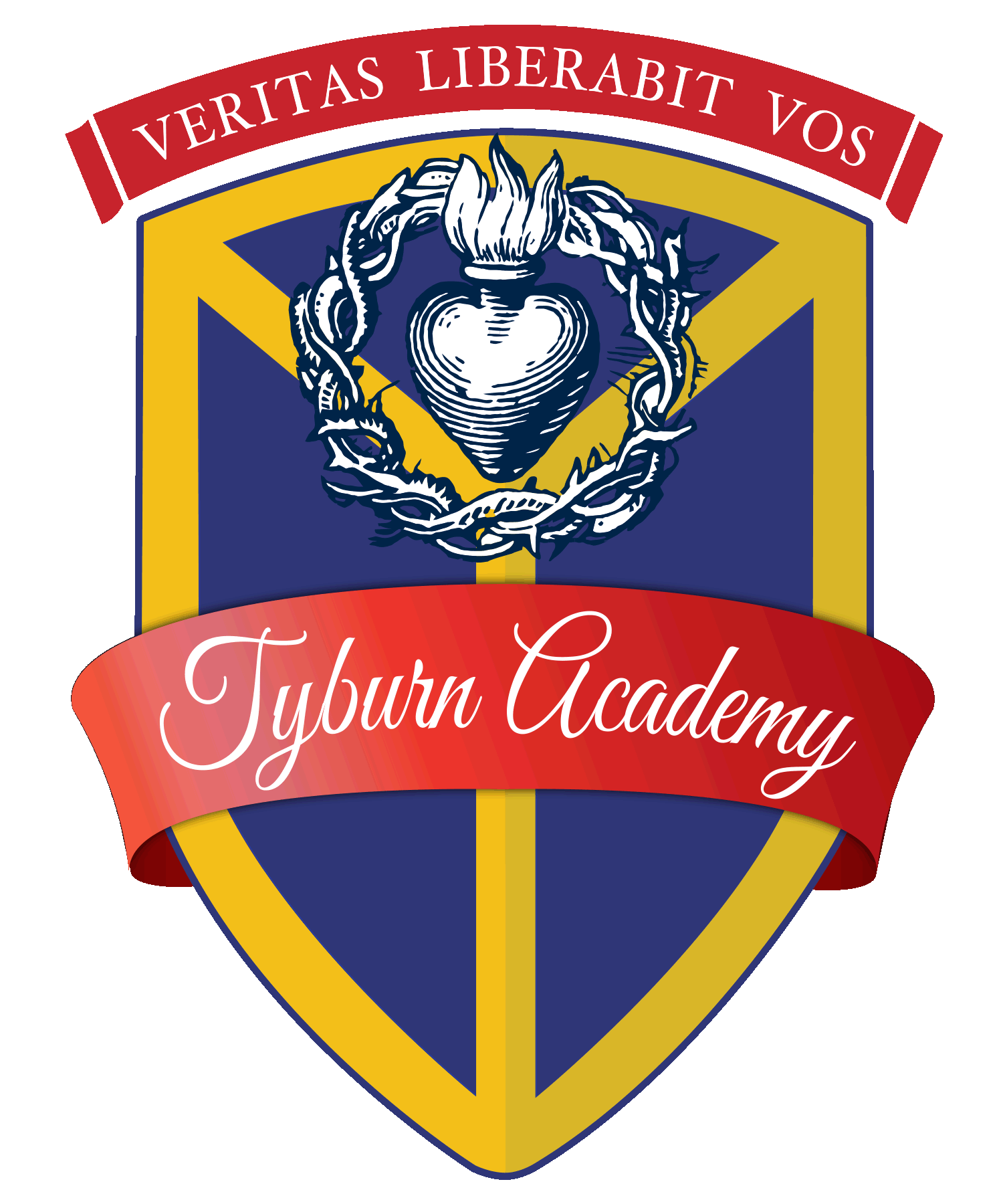Four Ingredients of a Classical Education-Elementary Edition
The Little Plant
In the heart of a seed,
Buried deep so deep,
A tiny plant lay fast asleep.
‘Wake’, said the sunshine,
‘And creep to the light.’
‘Wake’, said the voice
Of the raindrops bright.
The little plant heard
And it rose to see,
What the wonderful,
Outside world might be.
In the kindergarten classroom of St. Albert the Great Academy, students recite this poem from memory and enter it into their poetry journal; a compilation of short poems they have learned throughout the school year. On the windowsill are seeds and plants growing. Outside their window the grass turns a deeper shade of green each day and the birds sing. As they look outside the classroom window they anticipate the time they will have outside later in the morning.
In response to the article entitled, “Four Ingredients of a Classical Education”, I will explore what this looks like in the classroom at the elementary level at St. Albert the Great Academy. The first and second ingredients for a Classical education includes the content of what is studied and the commitment to read full books.
At the elementary level students receive formal instruction in Spelling, Vocabulary, Grammar, and Handwriting. Students are read to, read along in class, and read on their own great stories that are age appropriate, exemplify virtue and inspire great conversation. The study and recitation of poetry and scripture is used to cultivate memory. Narration is used to increase processing and comprehension so that students can begin to give back insight, draw conclusions, and understand enriched material. Books are chosen that exemplify truth, beauty, and goodness and off examples of how to live a life of excellence and virtue.
Our Math and Science programs instill awe and wonder in all of creation. Math lessons are sequential and ordered to bring about a greatness of mind in logic and reason. Math facts are memorized and problem solving is strengthened with hands-on materials. In fact, St. Albert’s has purposefully integrated hands-on teaching methods across all grade levels and subjects. These hands-on learning experiences give students an opportunity to learn using all their senses.
Through the use of outdoor exploration, journaling, picture study, written text, the history of science, hands - on projects, Scripture, and stories, Science comes alive and is fun and engaging. Students understand that all of creation is a gift and that we are called to be good stewards of His creation.
History is taught to understand the geography of the world, cultures from the beginning of time and how events and traditions of the past have shaped the world we live in today. Learning history also helps us understand our own story in the timeline of salvation history.
The last two ingredients of Classical Education are the relationship between teacher and student and the goal of education itself. Teachers are free to be the leaders of their classroom and establish trust and a sense of ownership among students where each student understands that they are a valued member of their learning community. Support is provided and tailored to the specific needs of the child with encouragement to reach their best ability. Students are free to be themselves as God intended them to be. The teacher is the witness of truth, beauty, and goodness in their words and actions showing a living example of virtue that they learn in the literature that they hear and read.
Modern education has an end goal that serves itself. It follows a tumultuous path of ever changing trends that do not honor the child; they do not honor the natural development of the child, but instead superimpose the latest trend to force an outcome of useful citizens to serve itself. A Classical Education helps the child to see themselves as individuals worthy of knowledge for the sake of goodness and gives them an understanding that they are a child of God with a purpose on earth and a destiny that is immortal.

